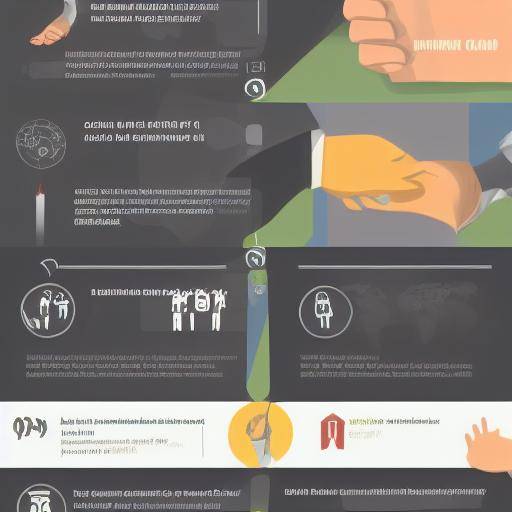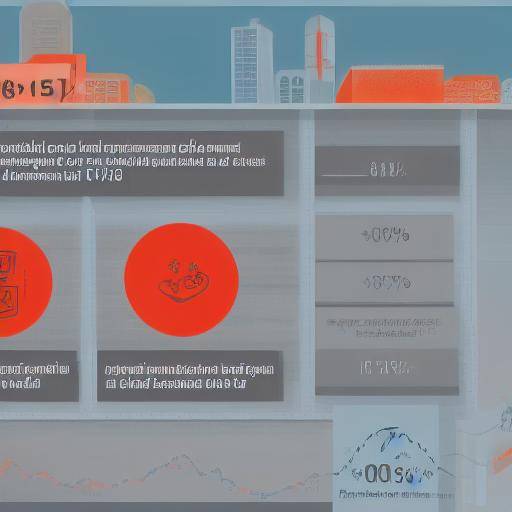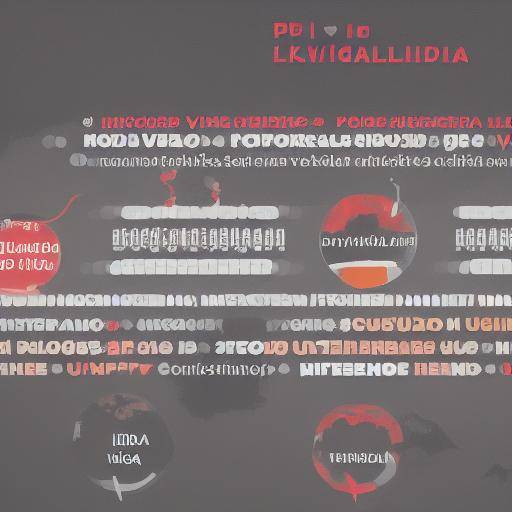
The cost of insurance can vary significantly according to the geographical location of the insured person. This disparity can be shocking, creating financial challenges for those living in high-cost areas. It is crucial to understand how the location influences the cost of insurance and what strategies can be implemented to reduce this impact. In this article, we will thoroughly explore the impact of the location on the cost of insurance, as well as effective strategies to save on this crucial aspect of our personal finances.
Location impact assessment
The assessment of the impact of the location on the cost of insurance is critical to understanding the disparity of prices facing the insured in different regions. Factors such as population density, crime, weather conditions and the frequency of claims can influence this impact. It is crucial to understand how insurance companies evaluate each of these factors to determine rates, which will allow us to identify opportunities to optimize our costs.
Risk and Insurance Cost in Different Locations
The risk associated with the location plays a key role in setting insurance prices. Densely populated urban areas may experience higher levels of vandalism, theft and traffic accidents, which poses a higher risk for insurers. On the other hand, rural areas may present climate-related risks, such as floods or forest fires. Understanding how these risk differences affect the cost of insurance allows us to make informed decisions about our coverage and how to mitigate risks.
Coverage and Strategies for Saving
Insurance coverage can be adapted according to the specific needs and risks of each location. Implementing strategies to save on insurance, such as the installation of security devices, can reduce the risk perceived by insurers and, as a result, reduce premiums. We will explore in detail how to adapt our coverage to maximize protection without incurring unnecessary costs.
History and Evolution of the Impact of the Location on the Insurance Cost
To fully understand the impact of the location on the cost of insurance, it is important to explore the history and evolution of this phenomenon. From the first insurance to the development of modern actuarial models, the location has been a determining factor in pricing. We will examine how the impact of the location has evolved over time and how insurance companies have adjusted their practices to reflect these changing realities.
Detailed Analysis: Current Benefits, Challenges and Trends
A thorough analysis of the current benefits, challenges and trends related to the impact of the location on the cost of insurance will allow us to fully understand the scale and importance of this phenomenon. From the advantages of locating low-risk areas to the financial challenges faced by those in high-cost areas, we will explore how the location influences the accessibility and affordability of insurance.
Comprehensive Review: Applications, Case Studies and Best Practices
We will explore case studies that illustrate how the location affects the cost of insurance in specific contexts, providing concrete examples of how the location impacts the insurance premium. We will also discuss best practices for insurers at different locations, providing readers with practical guidance to optimize their insurance costs according to their specific environment.
Comparative Analysis of Evaluation, Risk and Coverage
We will compare in detail how assessment, risk and coverage vary depending on location. Identify the similarities, differences and possible synergies between these elements will allow us to understand the complexities and nuances of insurance in specific geographical contexts.
Practical Tips and Accionable Advice for Safe Saving
Passable advice and guidance will be provided to save on insurance, including how to optimize coverage, what factors to take into account when selecting a insurance policy at different locations, and how to take advantage of discounts and benefit programs adapted to specific contexts. These practical tips will provide the insured with the tools necessary to reduce the impact of the location on the cost of insurance.
Industry Perspectives and Expert Reviews
We will meet and present perspectives of industry experts that will provide a deep insight into how the location influences the cost of insurance and what trends are foreseen in the future. These perspectives will provide an informed understanding of the dynamics of insurance in different locations, providing readers with valuable insights into the current context and future projections.
Case Studies and Practical Applications in Real Life
We will include detailed case studies that demonstrate practical location impact applications at the cost of insurance. These examples will illustrate how location decisions can influence insurance premiums, offering a concrete view of how geographical factors affect the costs for real-life insured.
Future Trends and Predictions
We will discuss emerging trends related to the location and cost of insurance, providing future predictions based on current data and expert opinions. We will examine how urbanization, climate change and other global forces will influence the cost of insurance in different locations, preparing readers for the challenges and opportunities ahead.
Conclusions and FAQs
In conclusion, we will summarize the key points of the article, strengthening the value of the information provided and encouraging readers to take informed measures to optimize the cost of their insurance. In addition, we will include a FAQ section, addressing common questions related to the location and cost of insurance, offering detailed and insightful answers covering different aspects and nuances of the topics covered.
In short, the impact of the location on the cost of insurance is a critical issue that requires a complete understanding to make informed financial decisions. By thoroughly exploring the complexities and dynamics related to evaluation, risk and coverage at different locations, this article will provide readers with the tools necessary to effectively navigate the insurance landscape and optimize their costs, regardless of their geographical location.






















































